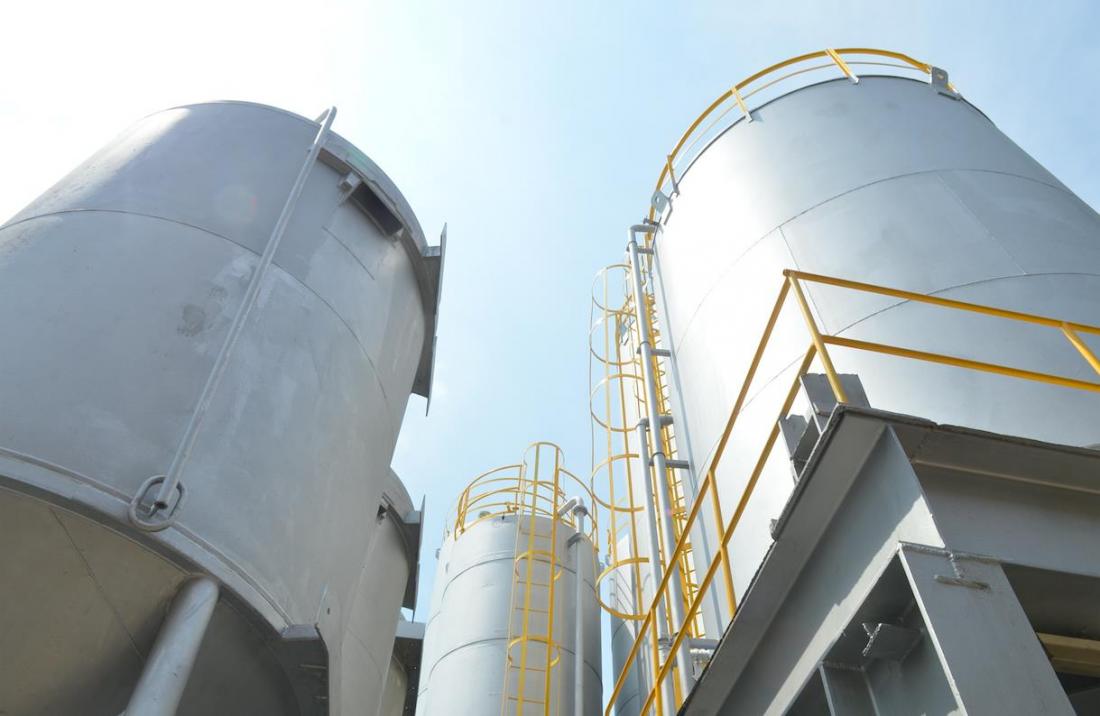Although recycled waste oil is sold mainly as ship fuel, burning it pollutes the environment because of its relatively high sulphur content.
Worldwide, the disposal of used industrial and non-industrial lubricants generates over 40 million tons of waste oil annually. Less than 50% of this waste is systematically collected for proper disposal or recycling, with the remainder posing a serious threat to pollution of global air and water resources if inappropriately handled. Although recycled waste oil is sold mainly as ship fuel, burning it pollutes the environment because of its relatively high sulphur content.
Waste oil is recycled by means of a thermo-chemical process into water, carbon and diesel fuel. The process is conducted in an oxygen-free enclosure and involves temperatures higher than 300°C. Although no emissions are released into the atmosphere, the process is time consuming and requires considerable effort to monitor. Also, the acquisition of critical and accurate data such as temperature and pressure is a challenge, as the use of conventional electrical sensors within the process environment invariably poses a safety concern.
Scientists at Nanyang Technological University in Singapore are working closely with Trans Research Pte Ltd., the R&D arm of Trans Petroleum Pte Ltd. and SK Envirotech Pte Ltd., to develop advanced optical fibre sensors that can withstand the high temperatures essential to the thermo-chemical process without compromising data accuracy and integrity. They are also developing technologies that will reduce sulphur content in waste oil to reduce the environmental impact when the recycled product is used as ship or diesel fuel.
The team has two optical fibre sensors in the pipeline. One sensor incorporates an interferometer in a highly germanium-doped fibre and has shown high sensitivity to monitoring temperature. When used in combination with a more conventional type of fibre, it can simultaneously measure temperature and strain. Another sensor being developed is made of photonic-crystal fibres used together with “SERS-sensing” applications, which can detect and discern various compounds in a mixture. Together, the team’s sensors can be used for high-accuracy, real-time measurements of temperature, pressure, vibration, bending, rotation, strain and humidity in waste oil recycling systems.
The team has set up a joint research program between academia and industry for the development and implementation of state-of-the-art technologies to enable the effective and efficient conversion of waste oil into a fuel that meets current and future environmental standards.
For further information contact:
Perry Shum
School of Electrical & Electronic Engineering
Nanyang Technological University, Singapore
E-mail: [email protected]
Jack Lim
Head of Research
Trans Research Pte Ltd.
E-mail: [email protected]



